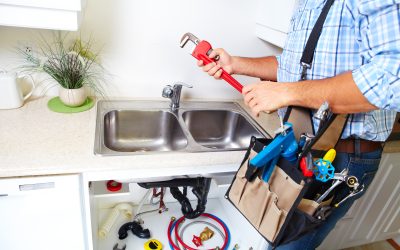A cesspit, also commonly known as a cesspool, is a very common feature that’s used in plumbing setups in rural areas. Houses and commercial places that aren’t connected to the main sewage lines have no other option to get rid of the waste that excretes from the house. A cesspit is a common alternative to conventional septic tanks. However, both of these features generally serve the same purpose. However, conventional sewage systems do not require a great deal of maintenance. Septic tanks and cesspools, on the other hand, need to be properly maintained if you want to ensure that they continue disposing of waste on a regular basis. Here are some tips on how to maintain your septic tank or cesspit.
Don’t Use a Lot of Water
One of the first things that you should do if you have a cesspool in the house is to get high efficiency toilets and taps installed. A significant amount of water is wasted by using conventional toilets. Cesspits are unable to process a lot of water in a short period of time. If a lot of water passes through the cesspit in one day, the cesspit may become blocked. You should avoid using lot of water in order to ensure that the cesspit continues to drain properly.
Get Proper Maintenance Done
You should contact a local plumbing company such as Valley Isle Pumping in order to get your cesspit pumped at least once every six to eight months. It could get rid of the extra load from the cesspit and keep your waste disposal system running smoothly. Proper maintenance is of vital importance if you don’t want to get the cesspit clogged and permanently blocked. Preventative maintenance could save you a great deal of money on future repairs. You can also connect with them on Facebook.








